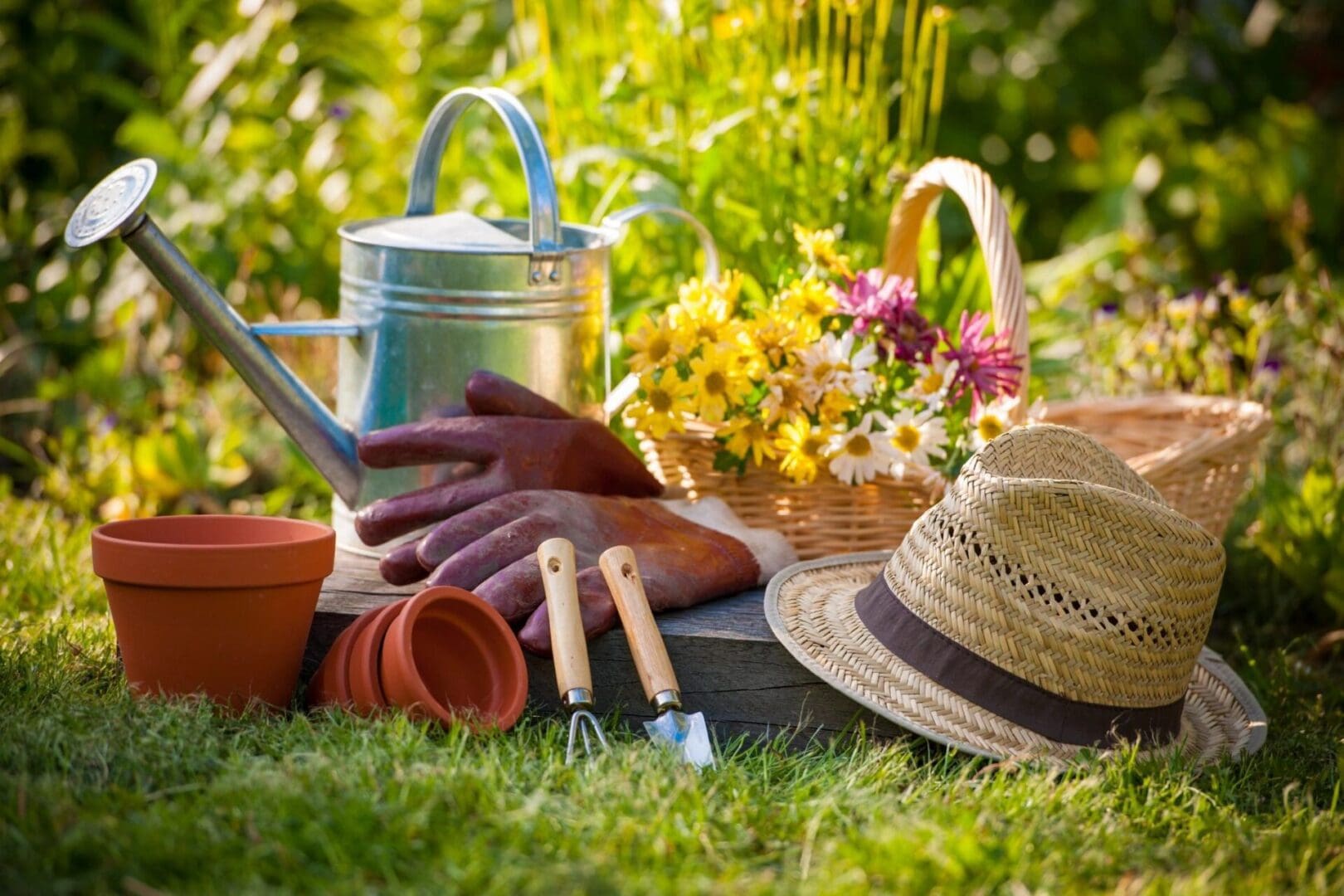Search Posts
Recent Posts
- Senior Agenda Coalition of RI pushes wealth tax to fund programs for older residents – Herb Weiss June 2, 2025
- How will Artificial Intelligence (AI) impact the future of work – Mary T. O’Sullivan June 2, 2025
- Real Estate in RI: Tiverton contemporary for $1.27M June 2, 2025
- Our Networking Pick of the Week: Coffee Hour at Provence Sur Mer, Newport June 2, 2025
- Rhode Island Weather for June 2, 2025 – Jack Donnelly June 2, 2025
Categories
Subscribe!
Thanks for subscribing! Please check your email for further instructions.

A Greener View: Summer Gardening To-Do List – Jeff Rugg
By Jeff Rugg, contributing writer
With the hot weather of summer, there may not be much to do in your landscape, but there are a few things that need to be watched for so that the landscape stays healthy.
Rain in summer across North America usually comes in a few heavy thunderstorms with many hot, sunny days in between. Heavy, brief rains mostly run off without soaking in. It is not the quantity of rain from a storm that matters, but rather how much of it soaks in. In each week or two, you may need to supplement the rain with enough water to give the plants what they need.
Proper watering soaks down into the soil as deep as the roots can grow. A person walking around with the garden hose rarely stands in one place long enough to let the water soak in deep enough. The person may keep the plant alive, but the roots of the plant do not grow deep enough to stop the need for continued watering. Roots growing in a deeper, larger volume of soil have more water available to them, so they can survive longer without supplemental water.

Planting: Any tree or shrub that is growing in a container or was balled and burlapped last fall can be planted in summer. Just be careful to monitor its watering needs after it is planted.
Fertilizing: Many actively growing plants will be healthier if fertilized. If the plant is growing leaves, use a fertilizer higher in nitrogen, and if it is producing flowers and fruit use one with a higher phosphorus content.
In cold climates, stop fertilizing trees by the end of July so that the trees can harden off by fall. Other plants can be fertilized monthly following label directions. Do not overdo it; more is not better.
Pruning: Prune any spring- and summer-blooming plants that are done blooming. Spring-blooming plants will set next year’s flower buds by the end of summer. Pruning after midsummer removes next year’s flower buds. Trim hedges if needed. When cutting a rose, cut the stems back to just above a five-leaflet leaf where the bud points outward. Cut or pinch off the dead flowers of annuals and perennials to encourage more flowers.
Lawns: Northern lawn grasses can be left dormant if the rains don’t come and they are not watered, but they still need to have a half-inch of water every other week just to stay alive and yet still be brown.
Grubs are the larvae of beetles. The adult of the most common lawn white grub is called the June bug. The one-inch grub is white, has six legs at one end, and curls up when disturbed. They feed on the grass roots so the lawn can be picked up as though it was freshly laid sod. The lawn can survive without chemicals if there are only a few grubs and the lawn is well-watered.
Adding insecticides to your lawn to control grubs when there aren’t any is wasteful and kills beneficial insects and birds. So, do not follow the hype of chemical company commercials and put out poisons that are unnecessary. Make sure grubs exist before putting out insecticides.
Sharp mower blades cut tall grass (all grass) better. A properly sharpened blade will cut a piece of paper. Have a spare blade on hand so you can sharpen it at your convenience. Or change blades each time the gas runs out, so you can turn the mower over without spilling any gas. Balance the blade on a nail on the wall to see if it is equally weighted on both sides. Unequal weight can harm the engine.
___
To read more columns on gardening by Jeff, go to: https://rinewstoday.com/?s=jeff+rugg

Email questions to Jeff Rugg at info@greenerview.com.
To find out more about Jeff Rugg and read features by other Creators Syndicate writers and cartoonists, visit the Creators Syndicate website at www.creators.com.
COPYRIGHT 2023 JEFF RUGG – DISTRIBUTED BY CREATORS
